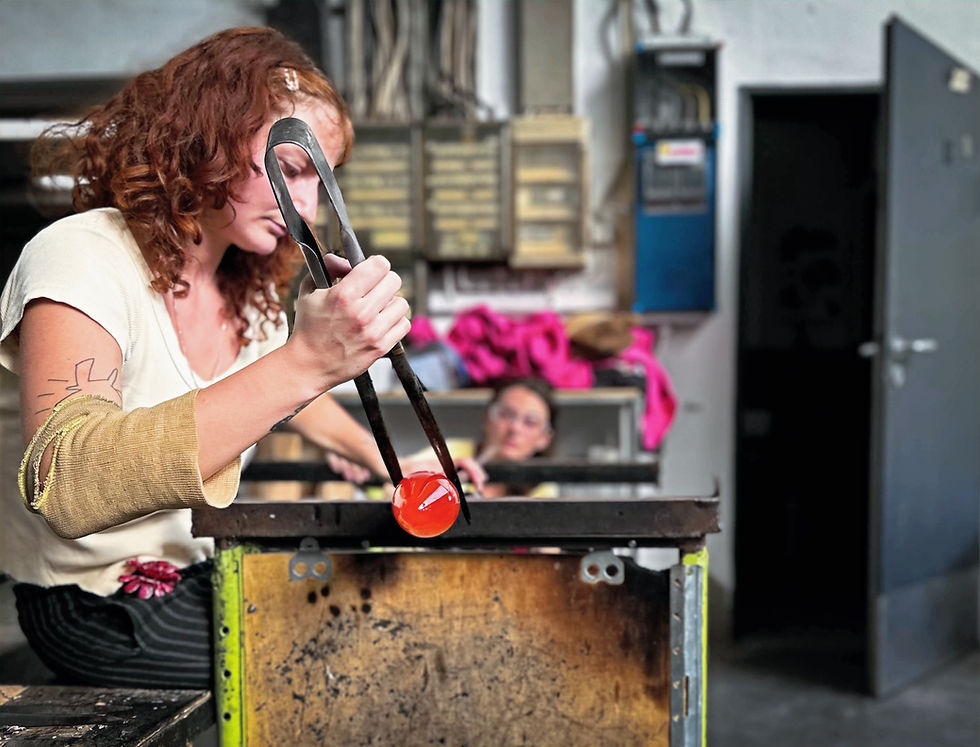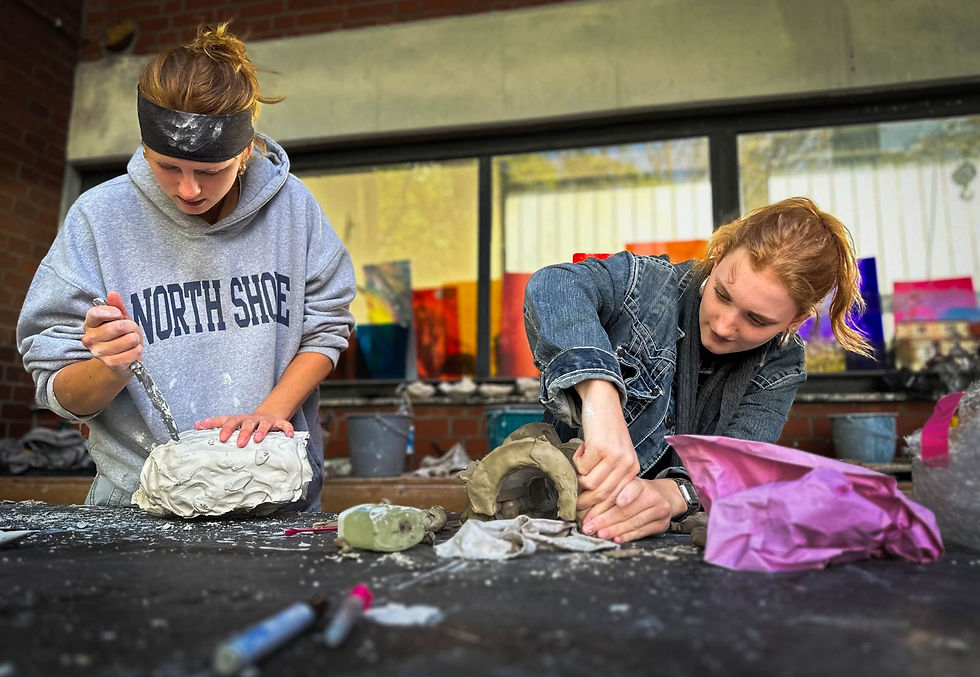Pilchuck Furnace Builders
- Nadania

- May 7
- 1 min read
Updated: May 8

Day 3 – Deep Dive into Electricity
Today was all about electricity—and wow, it was intense! Our morning class ran nearly two hours, packed with concepts like volts, amps, current, and resistance. Fred really took us into the heart of it, walking us through how to calculate watts, understand wiring, and eventually draw our own schematic diagrams. It’s a lot to absorb, but it's the kind of knowledge that lays a strong foundation for everything that comes next.
Eventually, we will be building the controller from scratch—which still feels a bit intimidating, to be honest.
This post is going to stay short—my brain’s still processing what we covered today. Tomorrow, we start assembling the furnace body, and that means getting hands-on with bricks, mortar, frax, and porous paper.
Stay tuned!




Comments